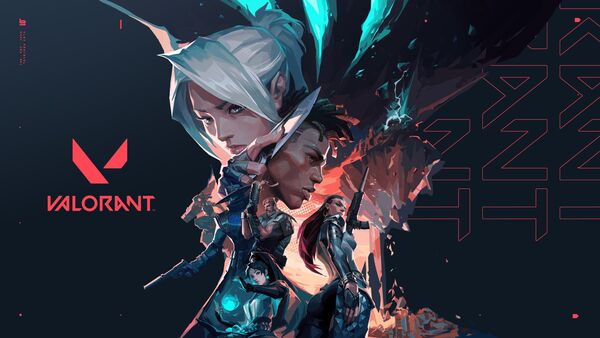Popular Now
Introduction
FIFA 23 introduced a significant overhaul to its Ultimate Team (FUT) Chemistry System, a core mechanic that influences how players perform together on the pitch. EA Sports touted the change as a way to offer more flexibility and freedom in team-building. However, many long-time players and competitive users quickly realized that the new system, while innovative on the surface, brought a range of problems that undermined its intended benefits.
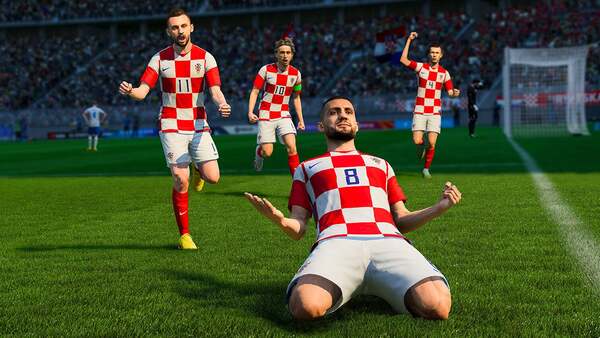
This article deeply analyzes the redesigned chemistry system in FIFA 23, focusing on how it functions, where it fails, and how it impacts gameplay, squad-building, and the FUT economy. Through a structured breakdown, we will explore the topic chronologically and logically, from its conceptual roots to its future implications, across ten comprehensive sections.
The Chemistry System Overhaul: From Links to Points
FIFA 23 eliminated the traditional "link-based" chemistry system, which required players to be positioned next to each other in the formation to gain chemistry boosts. This was replaced with a "point-based" system where players earn chemistry individually, based on nationality, league, and club representation across the entire squad.
While this new system appeared more open-ended and accessible for hybrid squads, it introduced its own constraints. Chemistry is now earned through thresholds, meaning a player can only receive in-game stat boosts when certain collective conditions are met. This restructured logic changed how users think about chemistry entirely.
Conceptual Flaws in the New System
On paper, the idea of flexibility was sound. Players could now use a wider variety of squad formations without being limited to adjacent links. However, in execution, the system often punishes creativity due to its rigid rules. The requirement for at least two or three players from the same nation, league, or club to earn full chemistry effectively forces players into meta team-building templates.
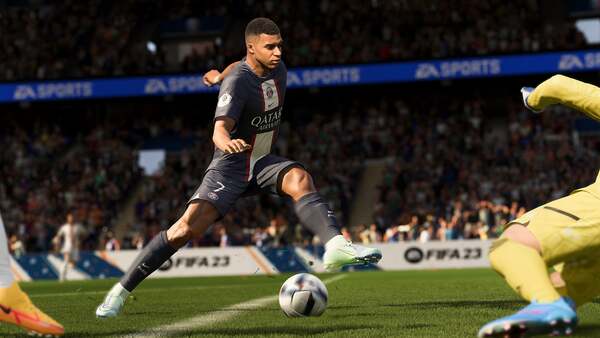
This contradiction—promising flexibility but incentivizing homogeneity—created tension between design intention and user experience. Instead of enabling diverse builds, many players defaulted to the same overpowered leagues or nations to maximize chemistry.
The Role of Icons and Heroes in Chemistry
One significant change in FIFA 23 was how Icons and FUT Heroes interacted with chemistry. Icons now provide a chemistry boost to every player from the same nation and Heroes give league-specific boosts. This change had unintended consequences.
Instead of enhancing squad variety, Icons and Heroes became mandatory for achieving chemistry in mixed-league teams. Their presence often overshadowed regular players, especially in competitive teams, where achieving chemistry without them was impractical. This led to an inflation of prices for these cards and created a clear pay-to-win structure.
Hero Cards and Chemistry Hacks
Hero cards, in particular, emerged as chemistry exploits. Their ability to instantly provide league chemistry made them valuable tools for artificially fixing squad links, giving wealthy players an unfair advantage in squad flexibility.
Icon Redundancy
Ironically, the chemistry function of Icons made them more chemistry tools than actual game-changers. Their stat performance rarely justified their price once chemistry was accounted for.
Formation and Positioning Constraints
Another major flaw is how the chemistry system interacts with player positions. In FIFA 23, players must be in their "preferred positions" to earn chemistry. While this sounds logical, it severely limits tactical flexibility.
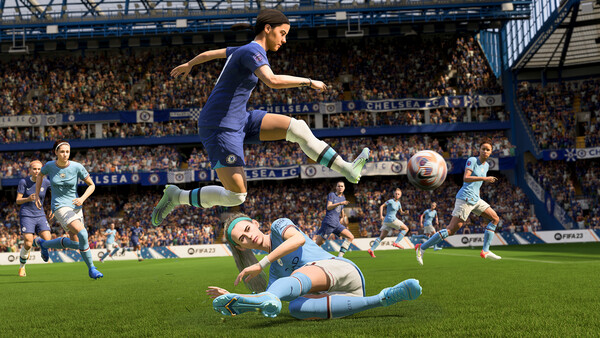
The new positioning system allows some customization with "position modifiers," but only for predefined alternate roles. A central midfielder cannot become a winger, no matter the need. This rigidity results in awkward squad setups just to satisfy chemistry rules, detracting from real-world football logic.
Player Morale vs. Chemistry: A Misguided Tradeoff
FIFA 23 removed the morale mechanic from previous FIFA versions but doubled down on chemistry. This was a missed opportunity. While morale was a subtle feature that could represent form or fatigue, chemistry now dominates performance metrics without an emotional or narrative counterpart.
In doing so, the game abandoned a nuanced layer of realism. Real-world players often perform exceptionally despite being new to a team or playing out of position. FIFA 23’s system doesn’t reflect this, resulting in an overly deterministic and unrealistic squad-building model.
Squad Building Challenges (SBCs) and Chemistry Barriers
Squad Building Challenges, or SBCs, are a central pillar of FUT content. The new chemistry system has made these either too simplistic or unnecessarily complex. SBCs often feature requirements that align poorly with how chemistry now functions.
Players frequently find themselves crafting unnatural squads or overpaying for obscure cards just to meet chemistry requirements, turning SBCs into puzzles that reward spreadsheet thinking over football intuition.
Market Manipulation
Some savvy traders exploit this by investing in cards that will spike in value due to sudden SBC demand, leading to volatility and inflated prices for average players.
The Meta and Chemistry-Driven Homogeneity
Over time, chemistry-driven limitations have created a narrow FUT meta. Despite the theoretical ability to build any squad, most high-level players use similar combinations of Premier League or Ligue 1 squads to optimize chemistry and performance.
This has a chilling effect on creativity. While the mode offers thousands of cards, only a few dozen are realistically usable in top-tier gameplay due to chemistry penalties applied to others. True diversity in gameplay suffers, and matches begin to feel repetitive.
Impact on Casual vs. Competitive Players
The chemistry system creates a growing divide between casual and competitive players. Casual players may prioritize fun or unique squads, while competitive players are boxed into chemistry-maximizing builds.
This tension reduces cross-mode enjoyment. A player building a themed squad for fun will inevitably underperform due to chemistry penalties, while competitive players are trapped in a race to build "meta" squads. The system punishes experimentation.
Community Feedback and Workarounds
Player feedback has been mixed. Many welcome the end of link chains, but dislike the hard chemistry thresholds and position rules. The community has suggested a return to soft links, or allowing players to earn partial chemistry through performance, loyalty, or dynamic adaptability.
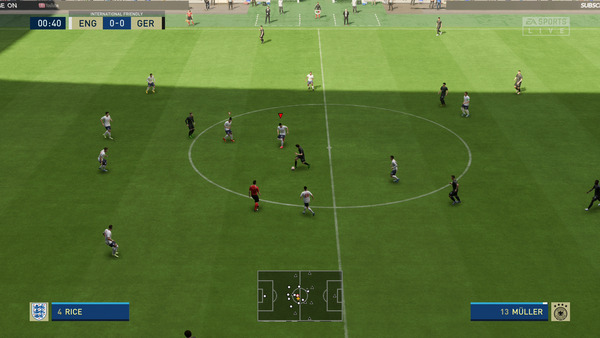
Some users attempt to “hack” the system with creative formation shifts or custom tactics, but these workarounds are limited. Ultimately, most players fall back on tried-and-tested chemistry blueprints rather than risk poor performance.
What FIFA 24 Must Learn from FIFA 23’s Chemistry Failure
As EA transitions away from the FIFA license and introduces EA SPORTS FC, it has a crucial opportunity to revamp the chemistry system again. Lessons from FIFA 23 must guide this redesign.
EA should consider:
-
Soft chemistry thresholds with partial boosts
-
Greater tactical flexibility and positional fluidity
-
Dynamic chemistry based on player form and match performance
-
Making Icons and Heroes luxury options, not chemistry crutches
A Road to a More Organic FUT
The chemistry system should enhance gameplay, not constrain it. In future iterations, EA must ensure the system complements football logic and player creativity.
Conclusion
FIFA 23’s chemistry system attempted to innovate but ultimately faltered in execution. By replacing links with points, EA introduced new barriers under the guise of freedom. The result was a system that overemphasized structure, punished creativity, and forced homogenization across competitive play. While the community found some value in the removal of strict links, the unintended side effects created new frustrations.
As EA looks toward its future without the FIFA brand, chemistry should be redesigned to reflect the dynamism of real football—rewarding creativity, encouraging diversity, and ensuring fairness across playstyles and skill levels.












